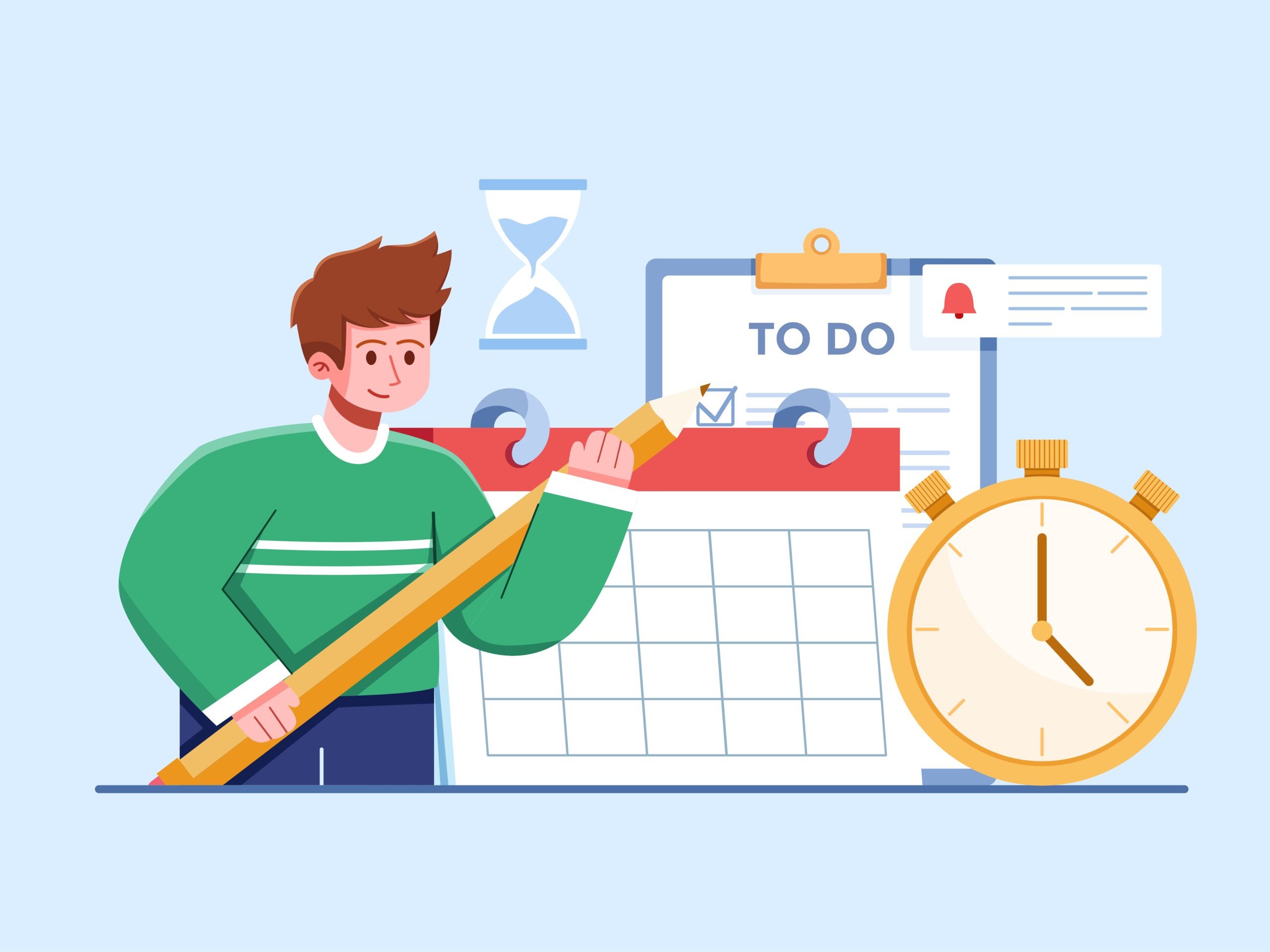In today’s world, productivity and time management are crucial for success in any professional field, and teaching is no exception. For educators, efficiently managing time not only impacts their personal and professional well-being but also the quality of education they provide to their students. The integration of strategic tools and technologies can significantly enhance teachers’ ability to manage their time effectively, give timely feedback, prepare lessons, and overall, improve educational outcomes. This article delves into the sophisticated techniques and tools available for teachers to master productivity and time management, addressing common mistakes and offering solutions.

Effective time management in teaching begins with clear goal setting and prioritization. Teachers must identify their key objectives, whether they pertain to lesson planning, student assessments, professional development, or administrative tasks. Setting SMART (Specific, Measurable, Achievable, Relevant, Time-bound) goals provides a structured approach to managing these tasks, ensuring that efforts are focused and productive. By establishing clear priorities, educators can allocate their time and resources more effectively, reducing the likelihood of becoming overwhelmed by the myriad responsibilities they face daily.


One of the most common mistakes is underestimating the time required for certain tasks. Educators often find themselves pressed for time because they did not accurately predict how long it would take to prepare a lesson, assignments, … To mitigate this, teachers can use time-tracking tools such as Toggl or Clockify to monitor how they spend their time. By analyzing this data, they can make more informed decisions about how to allocate their hours more efficiently in the future.
Another significant challenge is the interruption of focused work periods by unexpected demands. Whether it’s a sudden administrative request or a student’s question, these interruptions can derail a teacher’s productivity. Implementing techniques such as time blocking can help manage these disruptions. Time blocking involves dedicating specific periods to particular tasks and sticking to this schedule as closely as possible. During these blocks, teachers can use tools like “Do Not Disturb” modes on their devices or physical indicators in their workspace to minimize interruptions.
Using Technology to Enhance Productivity

Technology plays a pivotal role in enhancing productivity and time management for teachers. Learning management systems (LMS) like Google Classroom, Canvas, or Moodle streamline the process of distributing materials, collecting assignments, and providing feedback. These platforms allow teachers to organize their coursework efficiently, communicate with students, and track progress in a centralized location. Moreover, automated grading tools can save significant time, especially for objective assessments, allowing teachers to focus more on personalized feedback and instructional strategies.
In addition to LMS, productivity apps such as Trello or Asana can be instrumental in managing projects and tasks. These tools offer features like task lists, deadlines, and collaborative spaces, which are particularly useful for coordinating with colleagues on joint projects or school initiatives. By visualizing tasks and timelines, teachers can maintain a clear overview of their responsibilities and ensure that nothing falls through the cracks.
Critical Factors
Feedback is a critical component of the educational process, and timely, constructive feedback can significantly enhance student learning. However, providing detailed feedback can be time-consuming. Technologies like Turnitin or Grammarly can assist in the initial assessment of written work, highlighting issues that need attention and allowing teachers to focus on more nuanced aspects of student writing. Additionally, using video feedback tools like Loom can offer a more personalized touch, enabling teachers to convey their thoughts more comprehensively and efficiently than written comments might allow.
Preparation for lessons is another area where time management can be optimized. Collaborative tools such as Google Docs or Microsoft OneNote allow teachers to co-create and share lesson plans seamlessly. These platforms facilitate real-time collaboration, enabling educators to build on each other’s ideas and resources. Furthermore, using digital resources like Khan Academy, TED-Ed, or educational podcasts can supplement traditional lesson plans with engaging, multimedia content that can be easily integrated into the classroom.
Other Strategies to Boost Productivity
Common mistakes in time management often stem from a lack of strategic planning and the failure to leverage available tools effectively. Procrastination, multitasking, and the absence of clear boundaries between work and personal time can erode productivity. To counter these issues, teachers should cultivate habits of regular reflection and adjustment of their time management strategies. Regularly reviewing one’s schedule, setting realistic goals, and being flexible enough to adjust plans as necessary are essential practices for maintaining productivity.
Conclusion
Mastering productivity and time management is vital for teachers aiming to enhance their educational delivery and personal well-being. By setting clear goals, using time-tracking and blocking techniques, leveraging technology, and continuously reflecting on and adjusting their strategies, educators can create a more organized, efficient, and effective teaching environment. This not only benefits the teachers but also significantly improves the learning experience for their students, fostering a more positive and productive educational atmosphere.
- Clear Goal Setting: Teachers benefit from setting SMART goals to prioritize tasks like lesson planning, assessments, and professional development.
- Time Estimation: Accurately predicting task durations prevents time crunches; tools like Toggl aid in tracking and optimizing time usage.
- Managing Interruptions: Implementing time blocking techniques helps maintain focus amidst interruptions.
- Using Technology: Learning management systems (LMS) streamline administrative tasks, while apps like Trello enhance project management and collaboration.
- Feedback Efficiency: Tools such as Turnitin and Loom assist in providing timely and detailed feedback, enhancing student learning outcomes.
- Lesson Preparation: Collaboration tools like Google Docs and educational resources such as Khan Academy optimize lesson planning and content integration.
- Common Time Management Mistakes: Addressing issues like procrastination, multitasking, and blurred work-life boundaries through reflective practices and adaptable strategies.
How are you currently managing your time, and what strategies could you implement to enhance your productivity?


Leave a Reply